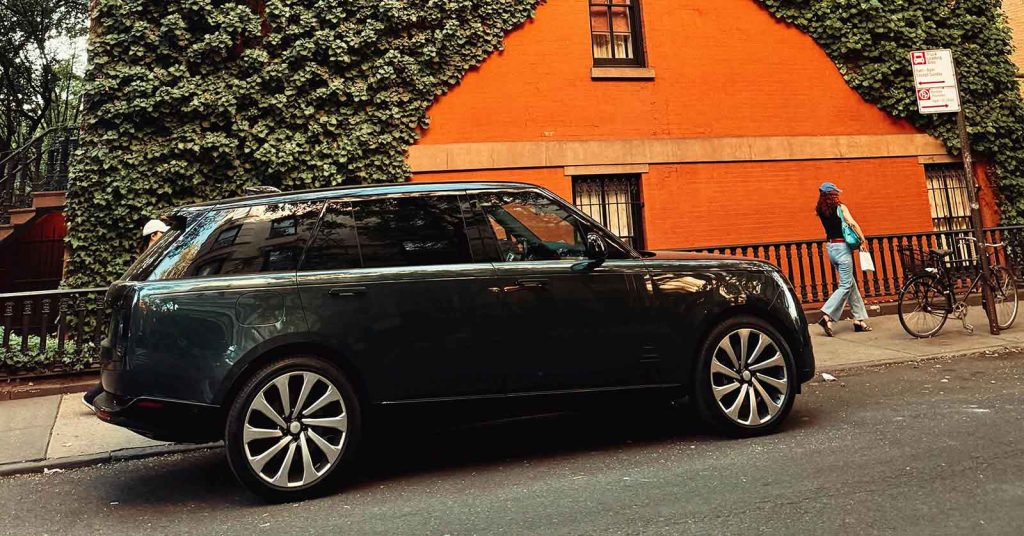A car insurance deductible is the amount you agree to pay out of pocket on a covered claim before your insurer pays the rest. It most often applies to collision (you hit a car/object) and comprehensive (theft, weather, vandalism, animal) claims; liability coverage that pays others for injuries or damage you cause generally has no deductible. Deductibles trade price for risk: higher deductibles usually lower your premium, lower deductibles increase it. Choosing the “right” number depends on your emergency fund, claim likelihood, vehicle value, lender/lease requirements, and how much volatility you’re comfortable carrying. Major consumer explainers and insurer guides align on these mechanics: pick a deductible you can afford today, because that’s what you’ll owe if you file tomorrow; compare premiums at two or three deductible levels; and remember that some benefits (like zero-deductible windshield in specific states or “vanishing” deductible add-ons) can change your real-world out-of-pocket.
Key Takeaways
- What it is: Your deductible is the portion you pay on a covered claim before insurance pays the rest (up to your policy limits).
- Where it applies: Typically collision and comprehensive; liability to others usually has no deductible.
- Premium trade-off: Higher deductible → lower premium; lower deductible → higher premium.
- Pick what you can pay today: A realistic deductible should match your available cash buffer.
- Special cases exist: Some states waive the deductible for windshields with comprehensive; some insurers offer “vanishing/diminishing” deductibles.
What a Deductible Does (and Which Coverages Use It)
At its simplest, a deductible is cost-sharing: if approved repairs cost $2,500 and your deductible is $500, you pay $500 and your insurer pays $2,000. This structure primarily attaches to collision and comprehensive coverage because those pay to fix your car after an at-fault crash, a single-car mishap (e.g., a curb, a pole), or non-collision losses like hail and theft. Guides from national carriers describe it the same way: deductibles reduce small-claim frequency and keep premiums in check by having drivers shoulder the first slice of loss. Some policies may also have deductibles for other first-party benefits (like certain PIP or uninsured motorist property damage in specific states), but that’s less common than with collision and comprehensive. If you file through the other driver’s liability and they’re at fault, you typically don’t pay your deductible at all because you’re not using your own collision coverage; if you go through your own policy first for speed, you may pay the deductible and then get reimbursed after your insurer collects from the at-fault carrier (“subrogation”). Conversely, your liability coverage — the part that pays for others’ injuries or property if you cause a crash — doesn’t have a deductible on standard personal auto policies, which is why you never “owe a deductible” when your insurer is paying the other party on your behalf.
How Deductible Size Changes Your Premium — and Your Risk
Insurers price policies to reflect expected payouts plus expenses, so the more first-dollar risk you accept via a higher deductible, the less your premium tends to cost. This is why you’ll see lower quotes at $1,000 than at $250 for otherwise identical coverage. But a lower premium isn’t a free lunch: choosing a $1,000 deductible also means you must bring $1,000 in cash if a claim hits tomorrow. Consumer buying guides recommend a quick two-step test before you raise the number: first, can you comfortably pay the deductible within 24–48 hours without resorting to high-APR debt; second, does the higher deductible actually save enough premium year-over-year to be worth it given how often you expect to claim. If your car’s actual cash value is modest, a very high deductible can backfire: on a total loss of a $3,500 car, a $1,500 deductible leaves little net payout, which may undermine the coverage’s purpose. Put differently, higher deductibles make the most sense when you have an emergency fund, don’t file claims often, and the premium savings are meaningful; lower deductibles make sense when your cash buffer is small or the vehicle’s value is low relative to the deductible.
| Deductible Choice | Premium Impact | Out-of-Pocket at Claim | Best For | Watch-outs |
|---|---|---|---|---|
| $250–$500 (low) | Higher premium | Lower per-claim cost | Small cash buffer; newer drivers; low-value cars where a high deductible erodes payouts | Pay more monthly even if you never claim |
| $1,000–$2,000 (high) | Lower premium | Higher per-claim cost | Strong cash buffer; infrequent claim history; high premiums at lower deductibles | Don’t choose if you can’t cover it tomorrow |
Special Rules & Exceptions
Not all deductibles behave the same. A few states require no deductible for windshield replacement if you carry comprehensive coverage; current insurer reference pages list Florida, Kentucky, and South Carolina in that bucket, and several other states let you buy separate full-glass options with a low or zero deductible. That means a cracked windshield may cost you nothing out of pocket even if your comprehensive deductible for other losses is, say, $500. Separately, some insurers sell “vanishing” or “diminishing” deductible features that reduce your collision deductible by a set amount each accident-free policy period — sometimes to zero — though you’ll pay an added premium for the perk. Finally, lenders and lease contracts can set minimum coverage requirements and may implicitly constrain your deductible choices (for example, requiring comprehensive and collision to protect the collateral), so glance at your loan or lease before you change limits in your policy app. The net of these wrinkles is simple: check your state’s glass rules, know whether you’re paying extra for a disappearing-deductible rider, and make sure any financing terms still fit after you tweak coverage.
How to Choose Your Deductible
Start by confirming which coverages on your policy currently have deductibles (collision, comprehensive, and — occasionally — others) and what those numbers are today.
Next, get real quotes at two or three deductible levels (for example, $500 vs. $1,000) so you can compare actual dollar savings in your market, not rules of thumb.
Then, sanity-check cash readiness: if you had a claim tomorrow, could you pay the chosen deductible out of savings without resorting to costly credit.
After that, weigh your claim likelihood and car value: higher mileage, street parking, deer country, or a long commute may argue for keeping the deductible lower; older, low-value cars may not justify ultra-low deductibles because a total loss caps the payout anyway.
Finally, align with your broader plan: if you’re building a new emergency fund, a lower deductible may be the right bridge this year; if you’ve fully funded your buffer, raising the deductible to cut premium can be a rational “self-insure the small stuff” move. Independent buyer guides make similar recommendations and add one useful tip — re-run the math at renewal because premium spreads between deductibles can change as markets move.
Real-World Examples
Imagine a $1,000 comprehensive claim after a falling branch dents your hood. With a $250 deductible, you’d pay $250 and the insurer pays $750; at a $1,000 deductible you’d pay the entire repair yourself and likely skip the claim to avoid a zero-payout record. Flip to collision: you back into a pole with $3,800 in damage. At a $500 collision deductible, your out-of-pocket is $500; at $1,500, it’s $1,500 — but perhaps your annual premium is $180 lower at the higher deductible, so the “break-even” is a little over five claim-free years. Now consider a total loss: the car’s actual cash value is $4,200. With a $1,000 deductible, a collision total loss pays roughly $3,200 before any fees; with a $500 deductible it’s $3,700. Finally, windshield: a rock cracks your windshield in Florida. If you carry comprehensive, your out-of-pocket is $0 due to the state’s zero-deductible glass rule. These scenarios show why the “best” deductible depends on your finances, price quotes, and local rules — not a one-size-fits-all number.
Frequently Asked Questions (FAQs)
Does liability insurance have a deductible?
No. Standard personal auto liability coverage that pays others for damage/injuries you cause does not carry a deductible. Deductibles usually apply to collision and comprehensive claims filed under your own policy.
If I’m not at fault, do I still pay my deductible?
If you claim directly through the at-fault driver’s liability coverage, you generally won’t pay a deductible. If you use your own collision for speed, you’ll pay your deductible first, then may be reimbursed after your insurer recovers from the other carrier.
What are typical deductible amounts?
Insurers commonly offer options from $250 to $2,000 for collision and comprehensive. The “right” amount depends on your budget and premium differences in your quotes — run the numbers before you decide.
Are there zero-deductible situations?
Yes. A few states (e.g., Florida, Kentucky, South Carolina) waive the deductible on windshields under comprehensive coverage, and some insurers offer optional full-glass or vanishing-deductible features. Check your policy and state rules.
Do comprehensive claims always use the same deductible?
Yes — your comprehensive deductible is a single amount that applies to each approved comprehensive claim (hail, theft, animal, etc.). It’s separate from your collision deductible, which applies to collision claims.
Sources
- Progressive — Car insurance deductibles explained
- Travelers — When deductibles apply & how they work
- Kelley Blue Book — How to choose your deductible
- Progressive — States with no deductible windshields
- Progressive — Vanishing/disappearing deductibles overview
- The Zebra — No deductible on liability claims
- Investopedia — What is a deductible in car insurance?









